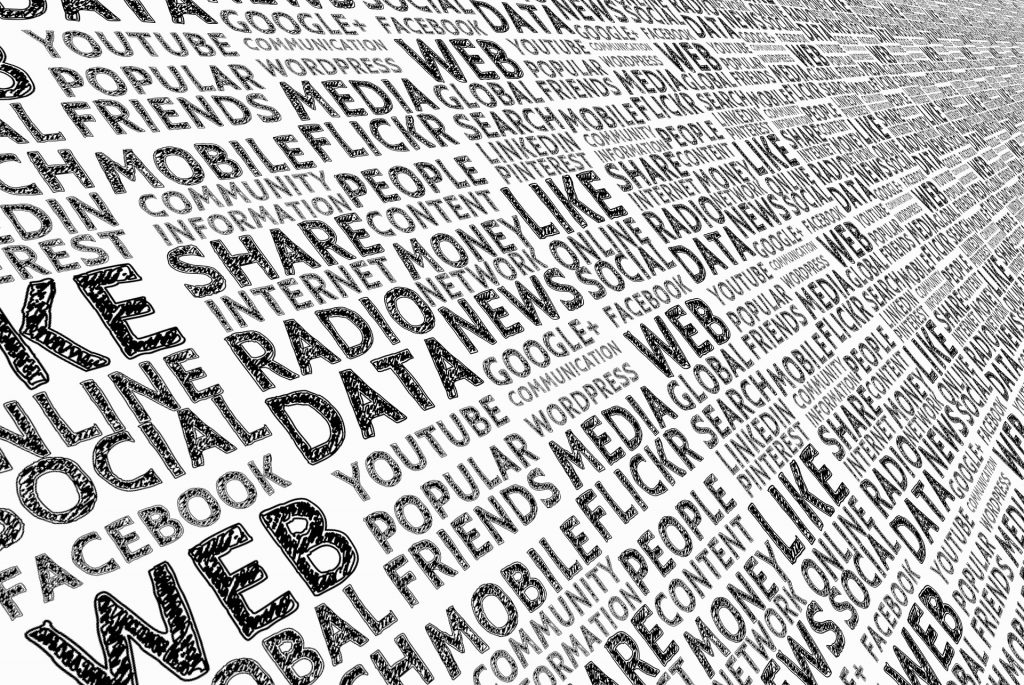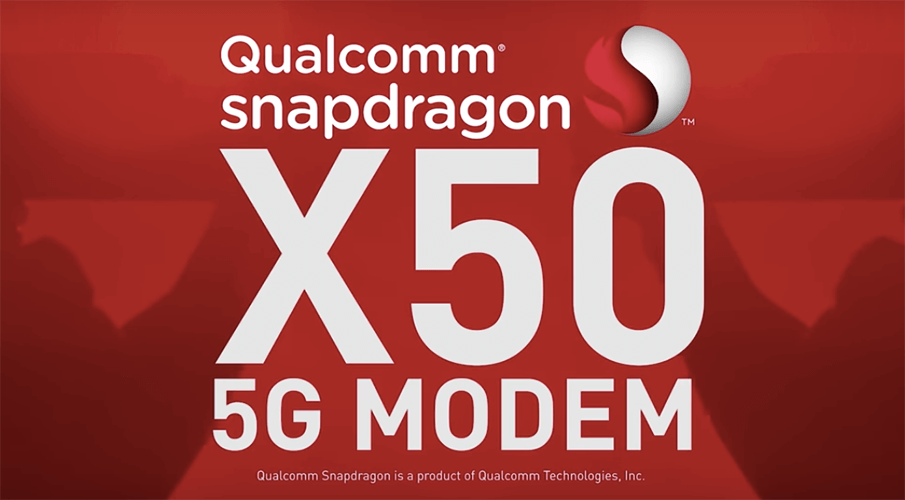A Faster World Wide Web is coming
Image source: Pixabay
These days when you connect to the internet you usually use one of any form of broadband technology. DSL refers to connections using a phone line. Cable internet uses coaxial cable and provided by cable operators. Fiber uses optical fiber technology. Mobile and Wireless are just what their name implies. They’re so much different from the time that the internet can only be accessed through a dial-up connection. The improvements that scientists and engineers have developed for this technology are simply remarkable.
And it doesn’t stop there. Right now, those scientists are at hard work still trying to improve Broadband technologies amidst the demands for more speed and better coverage.
A good example of such innovation is G.fast which is a DSL protocol that lets DSL broadband reach speeds up to 100Mbps or more. Deployment of the technology has started since 2015 but it hasn’t reached although it hasn’t really spread that much yet to other parts of the world. The great thing about it is that it can be applied to existing DSL networks. This makes it easy to deploy and cost-effective. Fast internet would also become very cheap.
XG-FAST is a successor to G.fast, developed by Nokia, is also gaining ground as it has been deployed, in the U.K. Nokia predicts that it will receive as much as 10 million subscribers in the future.
Image source: Qualcomm
Another technology innovation currently on the wait is the much anticipated 5G mobile technology, which has been on development since 2008. Though there’s still isn’t a definitive standard for what 5G will be, it is widely predicted by the industry that the technology will be available for the public by 2020. Already a number of companies, like Samsung and Verizon(who began 5g trials last year), Google(who started to develop a 5G mobile network called SkyBender) and Qualcomm(who released the first 5G modem last year called “Snapdragon x50“) are developing 5G technologies of their own.
Fiber optic broadband technology is also looking forward to a number of innovations in the future. Innovations like multi-core fiber, that lets devices send multiple light pulses through one fiber via multiple fiber cores. Usually a fiber has just one core where light pulses travel through. The innovation would add more cores thus increasing the amount of data being sent in the form of light pulses.
Another innovation that is being developed has the same idea of sending multiple light pulses. But this time, the fiber would only have one core. In a report published last year, they tried to do this via coded modulation. The University College London created a special receiver that’s used to detect light pulses with different wavelengths sent through a fiber and sort them out. The resulting speed of data sent was up to 1.125Tbps, 50,000 times faster than the average broadband speed.
Image source: Pixabay
Speed isn’t the only concern with broadband technology. Signals travel through a medium, but after traveling at certain distances they start to deteriorate. In fiber, this happens every 60 miles. So in 2015 researchers found a way to increase the accuracy of data sent by using a frequency comb. With it, signals are sent that are precise and spaced evenly so they can encode the information before it is transmitted, enabling the signal to travel farther without deteriorating. This also increased the capacity of the data being sent. This reduces the need to renew the signals making fiber less expensive to deploy.
With all these nice innovations coming in the future one wonders what would people even do with faster speeds and more bandwidth. And when implemented would the public be finally satiated for their thirst for speed? Or would they demand even more, making our hard-working scientists continue their search for a faster internet?


